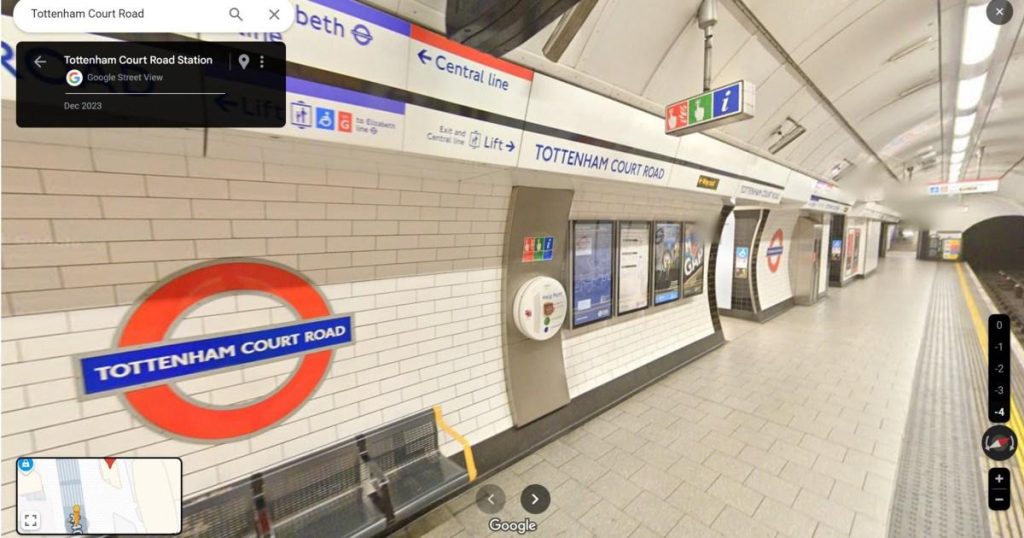London’s Transportation System Gripped by Widespread Disruptions
A confluence of unfortunate events has plunged London’s transportation network into chaos, causing significant delays and disruptions across major Overground, Underground, and railway lines. Commuters faced a frustrating start to their day as faulty trains, signal failures, a casualty on the tracks, and even the seemingly innocuous issue of leaf fall conspired to create widespread travel havoc. The issues spanned multiple lines, affecting services throughout the city and causing ripple effects across the network.
The London Overground’s Mildmay Line, running between Richmond and Stratford via Clapham Junction and Gospel Oak, experienced severe delays due to a faulty train. Repair crews worked diligently to address the issue, but the disruption had a significant impact on passengers travelling on this route. The DLR also suffered severe delays between Woolwich Arsenal and Stratford International, stemming from a faulty train near Canning Town. These incidents highlight the vulnerability of the transportation system to equipment malfunctions, even relatively minor ones, which can have cascading effects on the network.
The London Underground network was similarly affected. The Piccadilly Line faced severe delays and service suspensions due to a combination of factors. "Damage from leaf fall" disrupted service between Rayners Lane and Uxbridge, a recurring seasonal problem that underscores the challenges of maintaining infrastructure in varying weather conditions. A more serious incident involving a casualty on the track between Arnos Grove and King’s Cross led to a complete service suspension on that section of the line. Additionally, a shortage of trains exacerbated the situation, causing severe delays on the rest of the Piccadilly Line.
Other Underground lines also experienced disruptions. The Central Line faced minor delays between Liverpool Street and Epping/Hainault due to an earlier faulty train, while the Metropolitan Line reported delays between Baker Street and Aldgate for the same reason. These incidents, though less severe than the Piccadilly Line issues, further contributed to the overall sense of disruption across the Underground network. The Elizabeth Line, a relatively new addition to London’s transport system, was not immune to the problems, experiencing minor delays between Hayes & Harlington and Heathrow terminals due to a signal failure, and further issues between London Paddington and Heathrow Terminal 5, resulting in delays and cancellations.
Beyond the immediate disruptions, longer-term challenges loom for the railway network. Thameslink services faced cancellations and delays of up to 10 minutes, with some journeys taking up to 30 minutes longer than usual, due to a signalling fault between London Blackfriars and London St Pancras International. This disruption affected numerous routes, including those connecting Brighton, Gatwick Airport, Bedford, Cambridge, Horsham, Peterborough, Sevenoaks, Orpington, Rainham, Luton, Welwyn Garden City, Sutton, and St Albans City. Looking further ahead, a major infrastructure project on the West Coast main line, slated to begin in 2026, will involve replacing overhead wires, upgrading signals, and replacing tracks over a 10-year period. This essential work will inevitably cause disruptions for passengers travelling between major stations such as Warrington Bank Quay, Wigan, Preston, Lancaster, Oxenholme, Penrith, and Carlisle.
The cumulative effect of these incidents created a challenging travel environment for Londoners. The combination of short-term disruptions like faulty trains and signal failures, along with the longer-term impact of planned infrastructure upgrades, highlights the complex interplay of factors that contribute to the smooth operation of a major transportation network. These events underscore the importance of robust maintenance, timely repairs, and effective communication to minimize disruption and ensure the reliability of public transportation. The incidents also serve as a reminder of the interconnectedness of the various lines and the cascading effects that seemingly isolated problems can have on the broader network. The ongoing challenge for transportation authorities is to balance the need for essential maintenance and upgrades with minimizing disruption to passengers and maintaining a reliable and efficient service.











